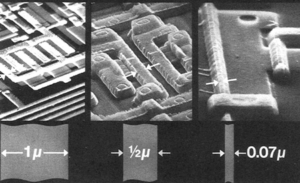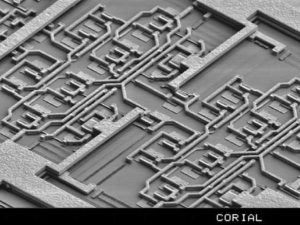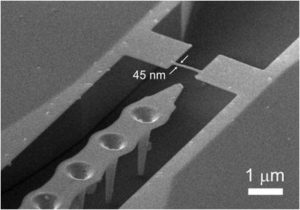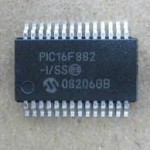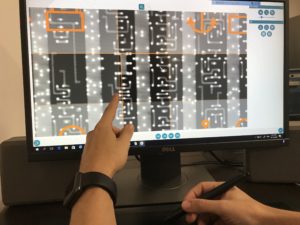Unlock Microcontroller ATmega1281 Software
Unlock Microcontroller ATmega1281 locked flash and eeprom memory, dump the content out from the memory and copy the heximal or binary to blank MCU for the same functions:
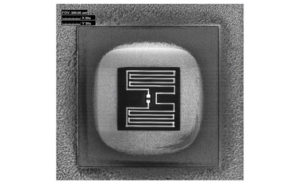
Unlock Microcontroller ATmega1281 locked flash and eeprom memory, dump the content out from the memory and copy the heximal or binary to blank MCU for the same functions
The ATmega1281 provides the following features: 4K/8Kbytes of In-System Programmable Flash with Read-While-Write capabilities, 256/512/512/1Kbytes EEPROM, 512/1K/1K/2Kbytes SRAM. 23 general purpose I/O lines, 32 general purpose working registers, three flexible Timer/Counters with compare modes, internal and external interrupts, a serial programmable USART, a byte-oriented 2-wire Serial Interface, an SPI serial port, a 6-channel 10-bit ADC (8 channels in TQFP and QFN/MLF packages), a programmable Watchdog Timer with internal Oscillator, and five software selectable power saving modes.
The Idle mode stops the CPU while allowing the SRAM, Timer/Counters, USART, 2-wire Serial Interface, SPI port, and interrupt system to continue functioning.
The Power-down mode saves the register contents but freezes the Oscillator, disabling all other chip functions until the next interrupt or hardware reset through which engineer can recover content from MCU memory. In Power-save mode, the asynchronous timer continues to run, allowing the user to maintain a timer base while the rest of the device is sleeping.
The ADC Noise Reduction mode stops the CPU and all I/O modules except asynchronous timer and ADC, to minimize switching noise during ADC conversions.
In Standby mode, the crystal/resonator Oscillator is running while the rest of the device is sleeping. This allows very fast start-up combined with low power consumption.
Atmel® offers the QTouch® library for embedding capacitive touch buttons, sliders and wheels functionality into AVR® microcontrollers. The patented charge-transfer signal acquisition offers robust sensing and includes fully debounced reporting of touch keys and includes Adjacent Key Suppression® (AKS™) technology for unambiguous detection of key events. The easy-to-use QTouch Suite toolchain allows you to explore, develop and debug your own touch applications.
Tags: unlock microcontroller protected archive,unlock microcontroller protected bin,unlock microcontroller protected code,unlock microcontroller protected content,unlock microcontroller protected data,unlock microcontroller protected eeprom,unlock microcontroller protected file,unlock microcontroller protected firmware,unlock microcontroller protected hex,unlock microcontroller protected information,unlock microcontroller protected memory,unlock microcontroller protected program


